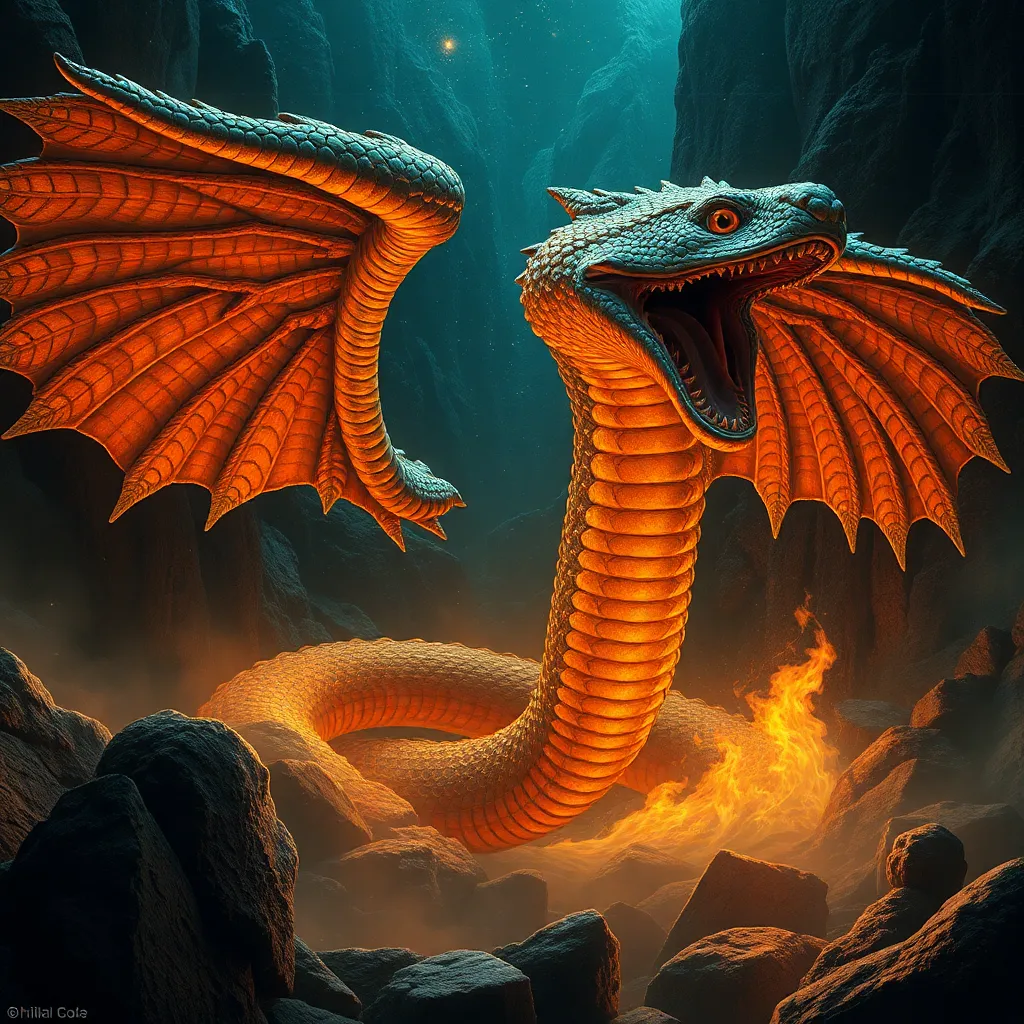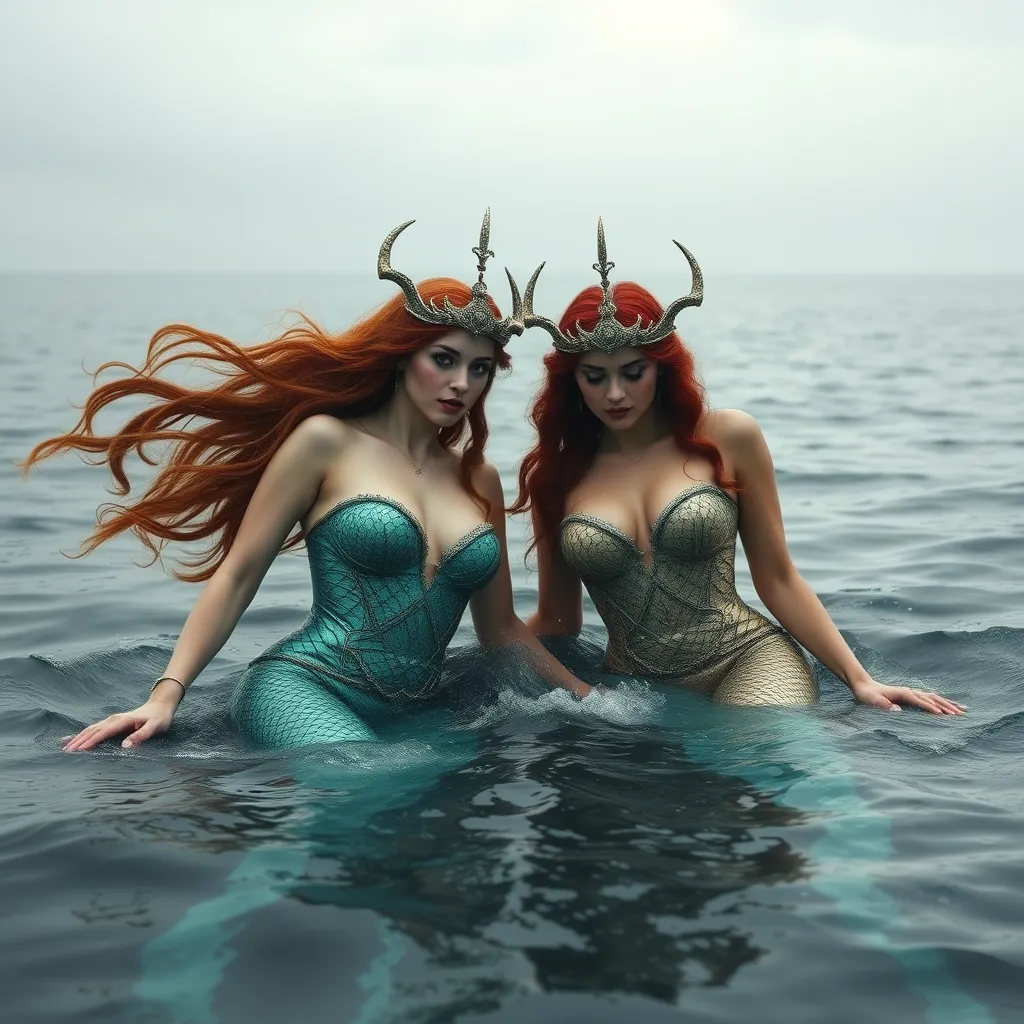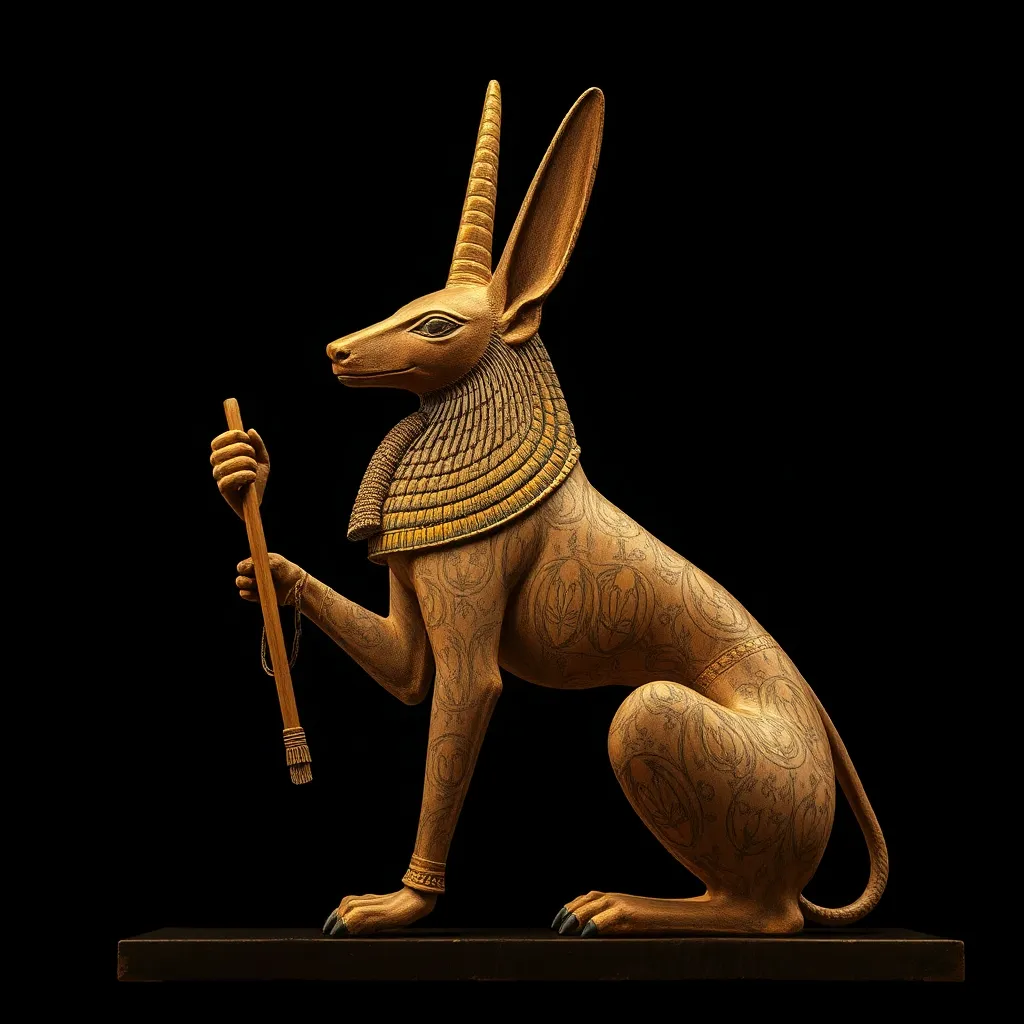Echidna and the Underworld: Investigating the Serpent-Woman’s Role in the Afterlife
I. Introduction
Echidna, often referred to as the “Mother of Monsters,” holds a significant place in Greek mythology. Known for her half-woman, half-serpent form, she embodies both creation and destruction. As we delve into her mythology, it becomes evident that her connection to the Underworld is not merely incidental but rather pivotal in understanding the ancient Greek beliefs surrounding death and the afterlife.
The Underworld, a realm populated by the dead and ruled by Hades, represents a critical aspect of ancient Greek spirituality. It is a place where souls undergo judgment and face the consequences of their earthly lives. This article aims to explore Echidna’s multifaceted role in the afterlife, highlighting her influence and significance in the broader context of Greek mythology.
II. The Mythological Context of Echidna
A. Origins and lineage of Echidna
Echidna is often described as the offspring of Ge, the Earth, and Tartarus, the abyss. This lineage places her at the intersection of primordial forces, symbolizing the chaotic nature of the universe. Her union with Typhon, a monstrous deity associated with storms and chaos, further cements her status as a formidable figure in mythology.
B. Description of her character and attributes
Echidna is depicted as a strikingly beautiful woman from the waist up, while her lower half resembles that of a serpent. This duality reflects her nature as both nurturing and deadly, a theme prevalent in many mythological figures. She is often portrayed as a fierce protector of her offspring, embodying maternal ferocity and the unpredictability of nature.
C. Relationship with other mythological figures
Echidna’s relationship with Typhon is particularly notable. Together, they represent the chaotic forces that challenge the order of the gods. Their offspring, often monstrous creatures, serve as adversaries to heroes and symbolize the challenges one must face in life, including death itself.
III. Echidna as the Mother of Monsters
A. List of notable offspring and their significance
- Orthrus: A two-headed dog associated with herding and guarding.
- Chimera: A fire-breathing creature with the parts of a lion, goat, and serpent.
- Hydra: A multi-headed serpent that regrows two heads for each one cut off.
- Sphinx: A creature with the body of a lion and the head of a woman, known for her riddles.
- Cerberus: The three-headed dog guarding the gates of the Underworld.
Each of these offspring plays a critical role in various myths, often representing the struggle between man and chaos, life and death.
B. The symbolic role of her children in Greek mythology
The children of Echidna are not merely monsters; they symbolize humanity’s fears and the inevitability of death. Their confrontations with heroes often serve as metaphors for the trials of life, where overcoming these challenges signifies a triumph over mortality.
C. How her offspring relate to themes of death and the afterlife
Many of Echidna’s children are directly tied to themes of death. For instance, Cerberus, as the guardian of the Underworld, ensures that souls do not escape, reinforcing the idea of death as an inescapable fate. Similarly, the Hydra represents the persistent nature of death and the difficulties faced in overcoming it.
IV. The Underworld in Greek Mythology
A. Overview of the Greek Underworld and its significance
The Greek Underworld, known as Hades, is a realm where souls reside after death. It consists of various regions, including the Elysian Fields, where the virtuous dwell, and Tartarus, a place of punishment for the wicked. This duality reflects the ancient Greeks’ beliefs in moral judgment and the consequences of one’s actions.
B. Key figures associated with the Underworld
Several deities play significant roles in the Underworld:
- Hades: The god of the Underworld, overseeing the realm of the dead.
- Persephone: The queen of the Underworld, symbolizing the cycle of life and death through her seasonal return to the surface world.
- Charon: The ferryman who transports souls across the river Styx.
- Minos: One of the judges of the dead, determining the fate of souls.
C. The concept of judgment and the afterlife
In Greek mythology, the dead are judged based on their deeds in life. This judgment determines their place in the afterlife, whether it be in the blissful Elysian Fields or the torment of Tartarus. This belief underscores the importance of moral behavior and the consequences of one’s actions.
V. Echidna’s Influence on the Afterlife
A. Examination of her role as a guardian or gatekeeper
While Echidna is not traditionally seen as a gatekeeper of the Underworld, her offspring, such as Cerberus, serve this function. However, her association with monsters and chaos positions her as a significant figure related to the challenges of the afterlife.
B. The duality of creation and destruction in her character
Echidna embodies both the nurturing aspect of motherhood and the destructive force of chaos. This duality reflects the ancient Greeks’ understanding of life and death as interconnected, emphasizing that creation often comes with destruction.
C. Connections between Echidna and the underworld’s creatures
The creatures spawned by Echidna often inhabit the boundaries between life and death, representing the monsters that guard the passages to the afterlife. Their existence illustrates the ancient belief in the constant battle between order and chaos, life and death.
VI. Cultural Interpretations of Echidna
A. Variations in Echidna’s portrayal across different sources
Echidna’s portrayal varies across ancient texts, from a fearsome monster to a more maternal figure. This variability reflects the evolving nature of mythology and the different cultural contexts in which these stories were told.
B. Influence of Echidna in art, literature, and modern media
Echidna has inspired various works of art and literature, from ancient pottery depicting her monstrous offspring to modern interpretations in films and novels. Her character continues to resonate, representing the complexities of motherhood and the nature of evil.
C. The evolving perception of her role in the afterlife
In contemporary interpretations, Echidna is often viewed through a lens of feminism, highlighting her strength and independence. This shift reflects a broader understanding of female figures in mythology and their roles in narratives surrounding death and the afterlife.
VII. Comparative Analysis: Echidna and Other Mythological Figures
A. Similarities and differences with other serpent-women in mythology
Echidna shares similarities with other serpent-women across various mythologies, such as Tiamat in Babylonian mythology. Both figures embody chaos and creation, representing the dual nature of femininity.
B. Cross-cultural perspectives on female figures related to death
Various cultures feature female figures associated with death, such as the Egyptian goddess Sekhmet or the Hindu goddess Kali. These figures often highlight the complexity of femininity in relation to life and death.
C. The significance of serpentine imagery in afterlife mythology
The serpent is a potent symbol in many cultures, often representing rebirth, transformation, and the cyclical nature of life and death. Echidna’s serpentine form emphasizes her connection to these themes, reinforcing her significance in the mythological landscape.
VIII. Conclusion
Echidna’s multifaceted role in mythology reveals her significance in the exploration of life, death, and the afterlife. As the Mother of Monsters, she embodies the complexities of creation and destruction, reflecting the ancient Greeks’ beliefs about mortality and the challenges faced in the afterlife.
Her lasting impact on modern interpretations of mythology underscores the need for continued exploration of her character and the themes she represents. Future research could delve deeper into her cultural significance and how her portrayal has evolved across various artistic and literary mediums.



